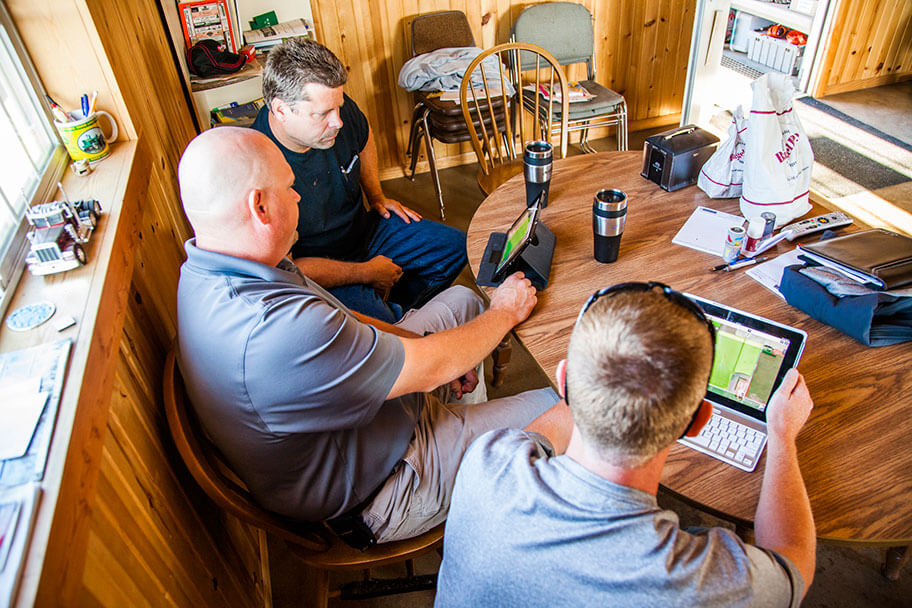3 Steps to Get the Most Out of Your Yield Data

Now that harvest is complete, it’s an excellent time to gather and analyze the data you’ve collected all season to see what insights you can glean for next year. Here are three steps to help you capture, clean and upload your data.
STEP 1: Transfer the data from your combine.
STEP 2: Use yield map converters to transform your raw data into .shp files.
Here are three well-known equipment manufacturers along with the software packages they commonly market to translate the data they generate.
STEP 3: Upload .shp files into the R7® Tool to view cleaned yield maps.
A key benefit of using the “yield data upload” feature in the R7® Tool is that it is simple; it doesn’t require hours of analysis and cleaning by you or your agronomist.
Yield data tells us the end of the story, how the crop thrived during the growing season. Although we cannot go back and change yield results, we can analyze the data to improve our decisions for the future.
Find out more about getting the most out of your yield data here.
STEP 1: Transfer the data from your combine.
- If you’re having trouble extracting the data, try searching for instructions on Google.
- If that doesn’t work, search on YouTube, which has a number of videos that take you through the process step by step.
- Here, for example, is a video on how to export data out of a John Deere 2630.
STEP 2: Use yield map converters to transform your raw data into .shp files.
Here are three well-known equipment manufacturers along with the software packages they commonly market to translate the data they generate.
- John Deere: Apex software
- Case IH: AFS software
- CAT/AG Co.: Farm Works
STEP 3: Upload .shp files into the R7® Tool to view cleaned yield maps.
A key benefit of using the “yield data upload” feature in the R7® Tool is that it is simple; it doesn’t require hours of analysis and cleaning by you or your agronomist.
- Log into the R7® Tool web version ? Click on the tools icon ? Click on the yield data tab ? upload files
- For a full tutorial, click here.
Yield data tells us the end of the story, how the crop thrived during the growing season. Although we cannot go back and change yield results, we can analyze the data to improve our decisions for the future.
Find out more about getting the most out of your yield data here.


